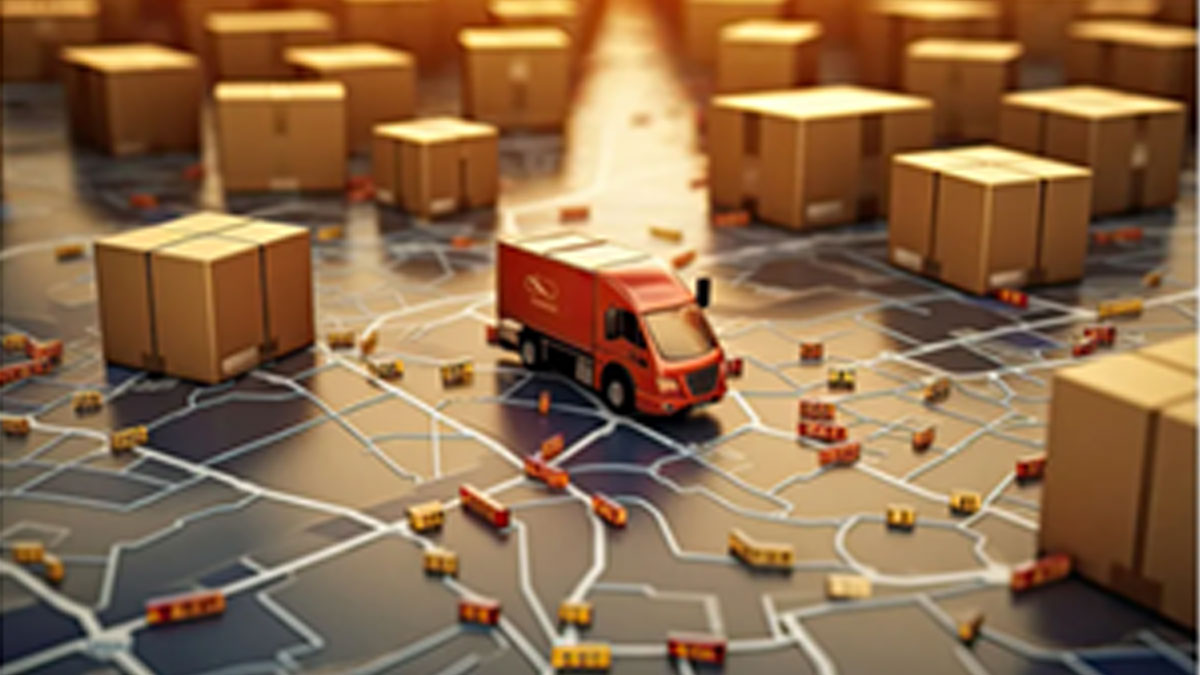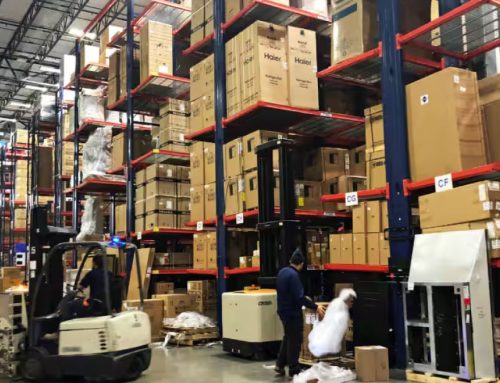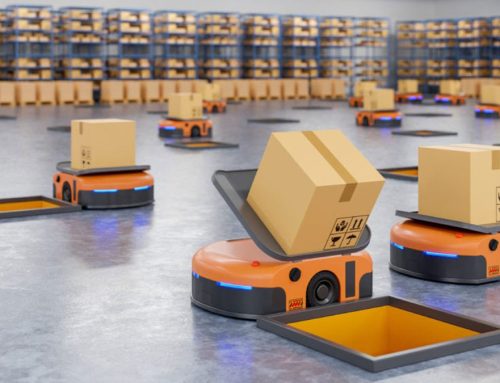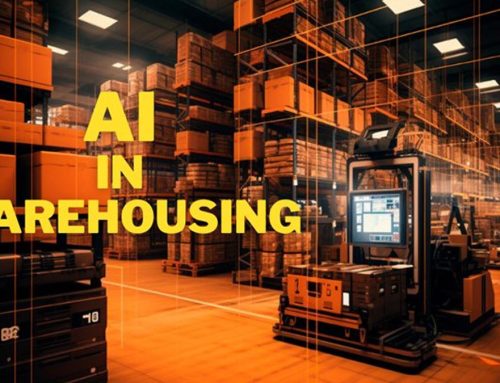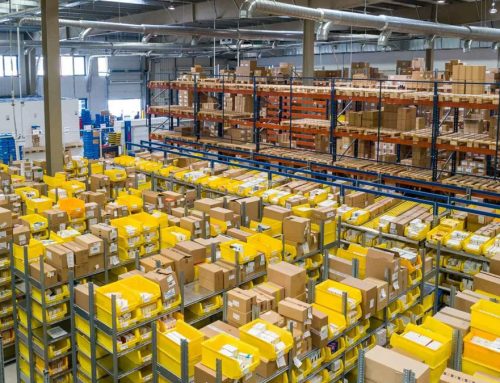The digital revolution in intralogistics, while ushering in unparalleled advancements, confronts a spectrum of challenges that demand thoughtful navigation.
To begin with, many enterprises lack definite strategies for digitalizing their supply chains, and the enthusiasm generated during pilot projects often dwindles.
The financial burden of implementing cutting-edge technologies, such as automation and robotics, poses a hurdle for organizations, particularly those with limited capital.
Mr Doshi explains, “The initial hurdle is often budget constraints. For many companies in India, fragmented or diverse operations hinder economies of scale, making automation appear costly unless the retum on investment (ROI) is relatively short-ideally within one to three years. Once the budget hurdle is overcome, the second challenge emerges: resistance to change among operators on the floor.”
Integrating diverse digital solutions into existing warehouse Systems is a complex process, often requiring meticulous planning to ensure seamless interoperability.
Moreover, workforce reskilling becomes imperative as employees adapt to novel tools, introducing a transitional phase that demands strategic training initiatives.
Furthermore, the pervasive use of data analytics, loT, and interconnected systems raises concerns about data security, demanding robust cybersecurity measures. Initial disruptions to regular warehouse operations during the technology adoption phase necessitate careful management.
Mr Doshi points out that “Older companies with legacy tech systems face difficulties integrating new automation products with existing software”

